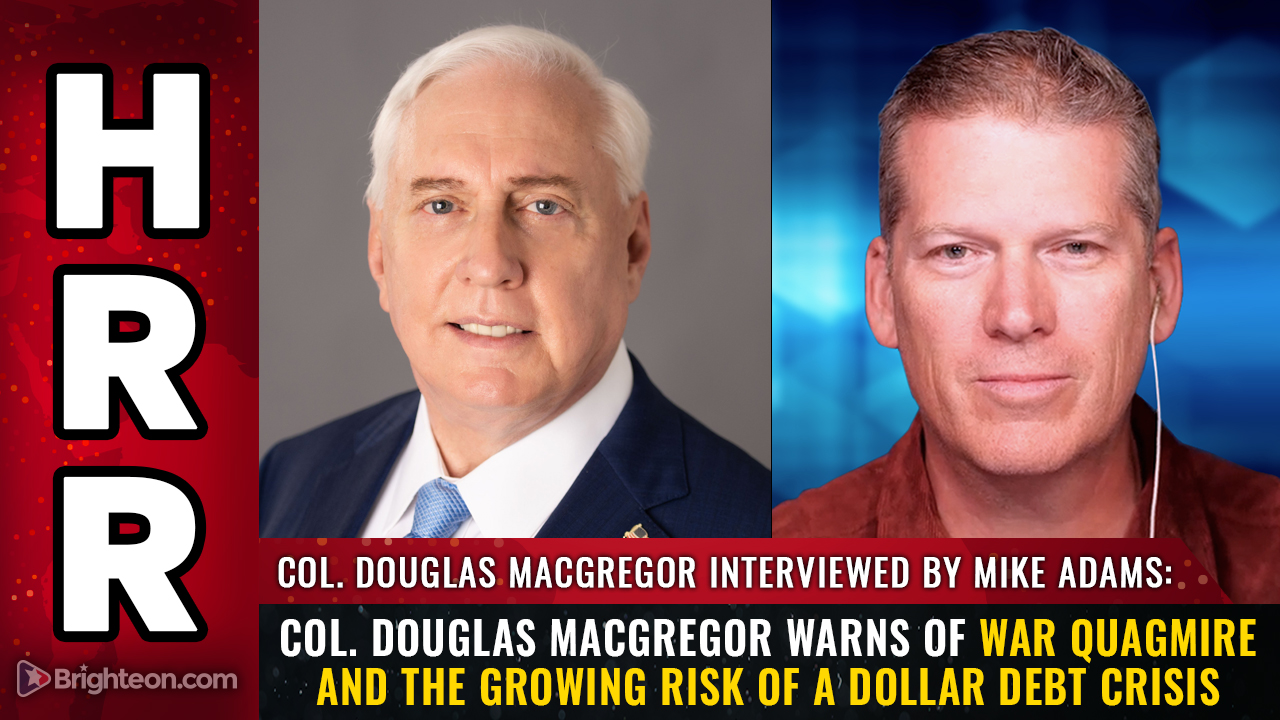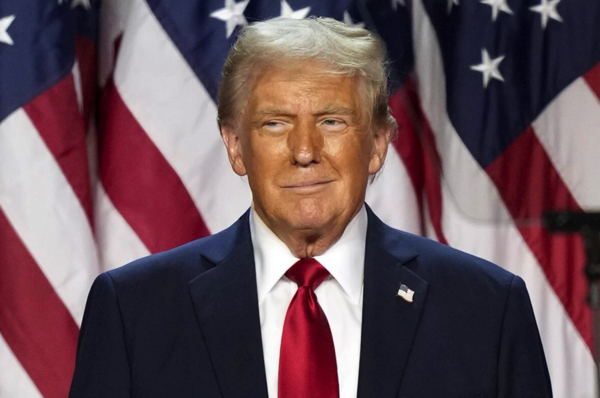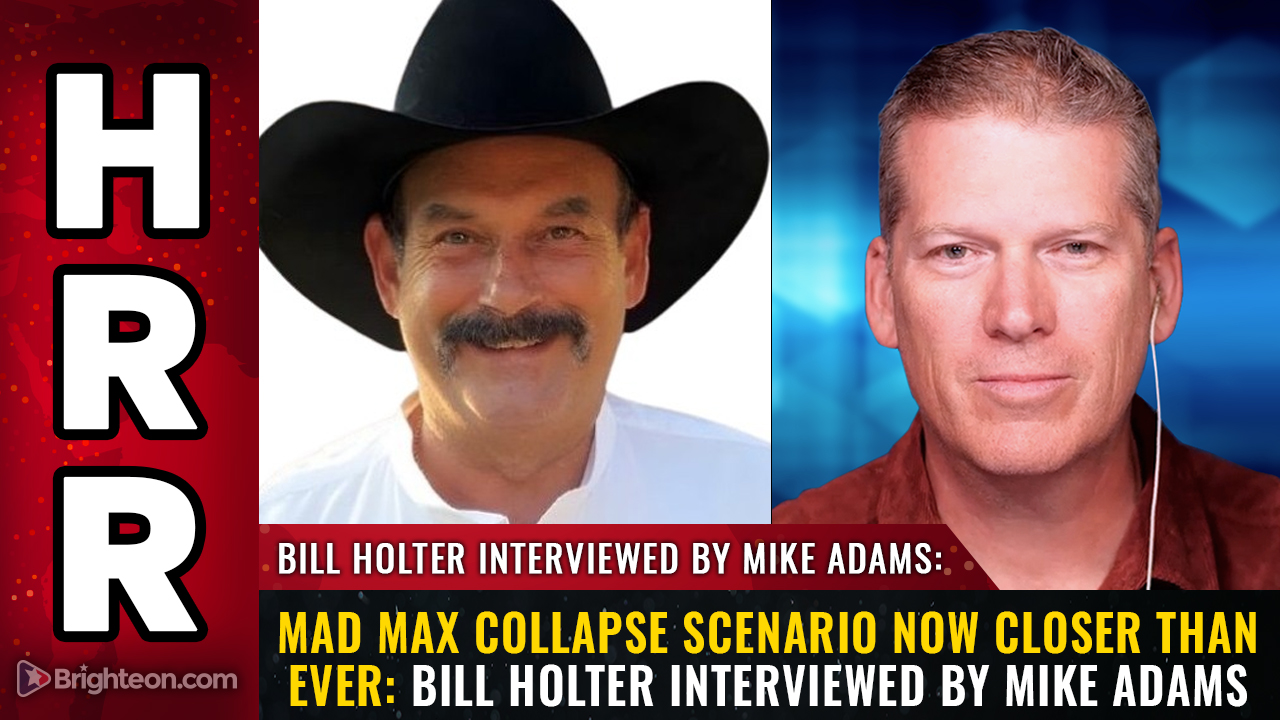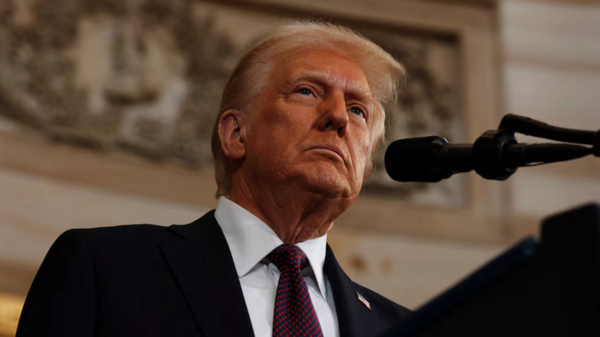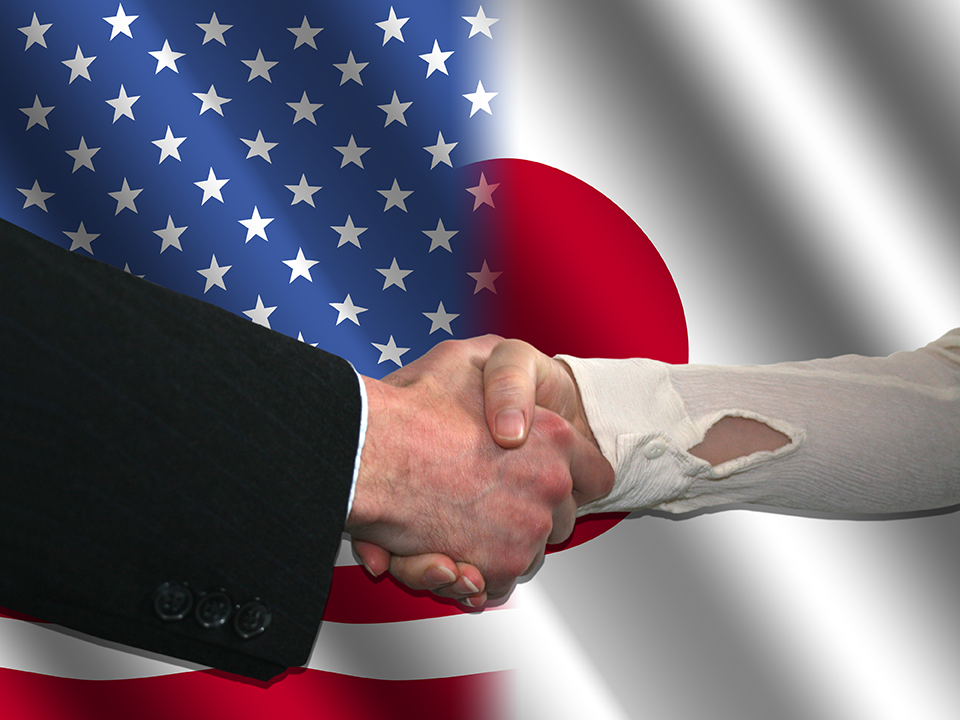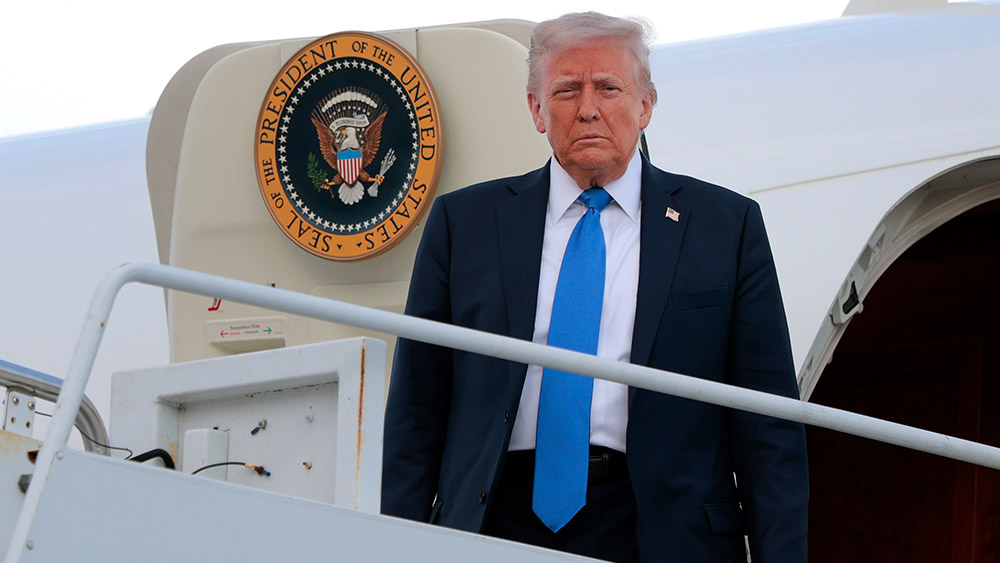Strait of Hormuz: How 30 miles could quadruple oil and gas prices
07/24/2025 / By Willow Tohi
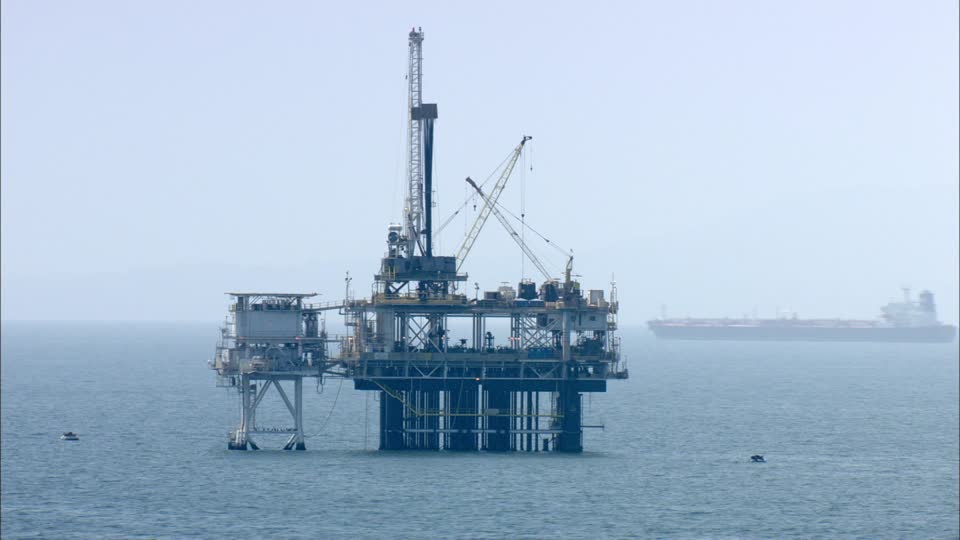
- The Persian Gulf’s chokepoint handles 20 percent of global oil — $600B worth annually.
- A single blocked tanker could cut 40 percent of shipments, launching gas prices to $12+ per gallon.
- Saudi Arabia ramped output by 950,000 barrels daily in June amid rising tensions with Iran.
- U.S.-Iran sanctions may escalate risk as Israel-GOP urges preemptive strikes on Iranian nuclear sites.
- Global energy markets are unhinged: Outsize geopolitical risks now loom beyond Russia or OPEC+ conflicts.
The Strait of Hormuz, a waterway barely 30 miles wide between Iran and Oman, now stands at the heart of a geopolitical gamble with unimaginable stakes. A blockade or sabotage here could sever 40 percent of global oil shipments, send gasoline prices to $12+ per gallon and destabilize economies from Tokyo to Brussels. Despite its modest size, this finger of water lies at the nexus of longstanding Israel-Iran enmity, a U.S.-led sanctions regime, and Saudi Arabia’s oil diplomacy. With senior Israeli officials meeting former President Trump to rehearse “scenarios triggering preemptive strikes” on Iran and OPEC+ scrambling to offset losses, the strait’s strategic fragility has never been clearer.
The Strait of Hormuz: An oil lifeline
The Strait of Hormuz’s strategic value defies its dimensions. It handles 20.9 million barrels of oil per day — a fifth of global consumption — forming the world’s second largest oil chokepoint. The graphic below illuminates its dominance:
Annual Oil Transits by Major Chokepoint (2023)
- Strait of Malacca: 23.7 million barrels/day (1st)
- Strait of Hormuz: 20.9 million barrels/day (2nd)
- Suez Canal/SUMED Pipeline: 8.8 million barrels/day (3rd)
Iran’s proximity — and its naval capability to interdict traffic — gives it a dangerous “chokepoint advantage.” A 2023 Institute for the Analysis of Global Security report noted that “mining the strait’s narrows could be accomplished with less than $10 million worth of equipment.”
“This isn’t theoretical,” said a retired U.S. naval commander familiar with the region. “Iran has tested anti-ship missiles here during war games. The question isn’t if they can close it, but whether they’d dare.”
Tensions ratchet up: U.S. sanctions, Israeli sabers and Tehran’s responses
The current high-wire act began in earnest last week when Israeli leaders met Donald Trump — not as a former political foe, but as a potential ally. Discussions reportedly centered on justifying a preemptive strike on Iranian nuclear infrastructure under scenarios including:
- Resumption of 60 percent-enriched uranium production
- Scaling back centrifuge dismantlement under the collapsed JCPOA
- Renewed covert attacks against Israeli assets in Syria
“These are red lines that cannot wait for diplomacy,” said an Israeli official attending the closed-door session, speaking anonymously under protocol. The U.S. government has yet to endorse specific triggers but reaffirmed sanctions tightening in late July, targeting Iran’s cryptocurrency transactions and petrochemical sales.
Meanwhile, Riyadh’s response — hiking oil production 950,000 barrels per day in June — reveals Saudi Arabia’s calculus. While soothing jittery markets, the surge underscores fear that Hormuz could act as Tehran’s economic “doomsday device.”
The dominoes falling: How $12 gas and military logistics could spook the world
A sudden closure’s impact would drown the economy in dollar bills. Crude oil prices could spike to $130 per barrel, based on an estimate from Chatham House. But consumers wouldn’t be the only ones feeling the pinch:
- Military implications: The Department of Defense burns 1 million barrels of oil daily, mostly sourced through Hormuz. A cutoff would paralyze troop movements and operations in Europe and the Gulf.
- Industry crash: Asia’s energy-dependent manufacturing hubs could face halts. Plants in Japan and India rely on just-in-time oil deliveries; delays of weeks would force layoffs or imports of costlier liquefied natural gas.
- Consumer inflation: U.S. refineries would scramble to process heavier, North American crudes costing 3-5 more per barrel, hitting prices for everything from groceries to electronics.
History offers a blueprint. In 1980, during the hostage crisis, Ayatollah Khomeini’s militia nearly severed traffic for 72 hours, causing spot oil prices to double. “Today, economic integration is deeper,” said energy economist Omar Ali. “One month would crash stock markets; six months could end the postwar economic order.”
Geopolitical roulette over a 30-mile waterway
The Strait of Hormuz’s menace lies in its dual role as a boom and bust lever. For Iran, it’s a $600 billion/year lifeline—and a weapon. For the West, it’s a reminder that energy security hinges on swaths of water controlled by a regime habitual of brinkmanship.
Diplomacy remains elusive. With Trump’s offer to “renew American arms pledges” to Israel and Tehran’s rhetoric of “resisting imperialist suffocation,” contingency planners now envision a “Stuxnet 2.0” scenario: cyberattacks crippling tankers, or mini-sub mines fracturing supply lines.
As officials prepare for what U.S. CENTCOM terms “conditions of heightened volatility,” the world waits to see if the Hormuz gamble will end in structured detente — or a $20 gas crisis.
Sources for this article include:
Submit a correction >>
Tagged Under:
big government, Bubble, chaos, cyberwar, dangerous, economic riot, economy, energy prices, energy supply, finance riot, gas, Glitch, Globalism, Middle East, money supply, national security, oil, power, risk, supply chain, WWIII
This article may contain statements that reflect the opinion of the author
RECENT NEWS & ARTICLES
COPYRIGHT © 2017 RISK NEWS


